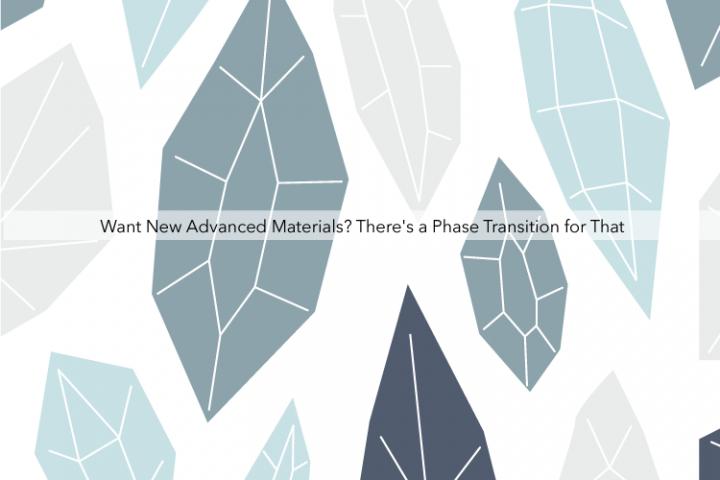Tokyo, Japan – Believe it or not, steel has something in common with bacterial appendages: they can both undergo a special type of physical transformation that remains puzzling. Now, researchers from Japan and China have used direct microscopic observations to provide more clarity to how this transformation occurs.
In a study recently published in Nature Communications, researchers from The University of Tokyo Institute of Industrial Science and Fudan University Department of Physics have revealed previously unknown physical details that underpin crystalline solid-to-solid phase transitions in soft materials, and possibly how researchers can more fully exploit the properties of advanced materials.
A special type of solid-to-solid phase transition, known as a martensitic transition, is an exciting frontier in medicine, technology, and other fields. The martensitic transition is enabled by a coordinated movement of atoms in a material, which changes the properties of the material without changing its chemical composition. Metal alloys and proteins can both undergo this transition. Researchers hypothesize that in easily deformable soft materials, the transition may occur differently from those observed in hard materials with stable defects. At present, this hypothesis is difficult to test, something the researchers aimed to address.
“Traditionally, it has been challenging to microscopically observe the dynamic process of martensitic transitions in soft materials on a single-particle level,” says co-senior author of the study Hajime Tanaka. “One must devise a means to do so in a way that quickly initiates the transition without harmful perturbation to the system.”
To do this, the researchers used a gentle technique known as ion exchange–in principle, the same method used to remove calcium and magnesium ions from water–to quickly change the crystal structure of polymeric microparticles. One can observe the kinetics of the resulting martensitic transitions with a microscope with single-particle resolution.
“The microscopy results were unambiguous,” explains Peng Tan, co-senior author of the study. “We observed three previously unknown mechanisms by which body-centered cubic soft colloidal crystals form from face-centered cubic ones, depending on the condition.”
The researchers examined the features of these pathways–termed thermally activated in-grain nucleation, grain-boundary-premelting-assisted nucleation, and wall-assisted growth–with particular focus on how the energy barrier to the transition is reduced in each case.
“Softness of a crystal plays a critical role in thermally activated in-grain nucleation,” explains Tanaka. “Whereas, the other two pathways may occur even in hard materials.”
These results have diverse applications. For example, some pharmaceuticals can alter their availability in the body by solid-to-solid phase transitions; therefore, understanding how to control when and where such transitions occur could provide a new means of targeted drug delivery. A greater understanding of the physical mechanisms of solid-to-solid transformations supports the development of new materials that can be tailored for applications.
###
The article, “Revealing thermally-activated nucleation pathways of diffusionless solid-to-solid transition,” was published in Nature Communications at DOI: 10.1038/s41467-021-24256-9
About Institute of Industrial Science (IIS), the University of Tokyo
Institute of Industrial Science (IIS), the University of Tokyo is one of the largest university-attached research institutes in Japan.
More than 120 research laboratories, each headed by a faculty member, comprise IIS, with more than 1,000 members including approximately 300 staff and 700 students actively engaged in education and research. Our activities cover almost all the areas of engineering disciplines. Since its foundation in 1949, IIS has worked to bridge the huge gaps that exist between academic disciplines and realworld applications.
Media Contact
Hajime Tanaka
[email protected]
Original Source
https:/
Related Journal Article
http://dx.





